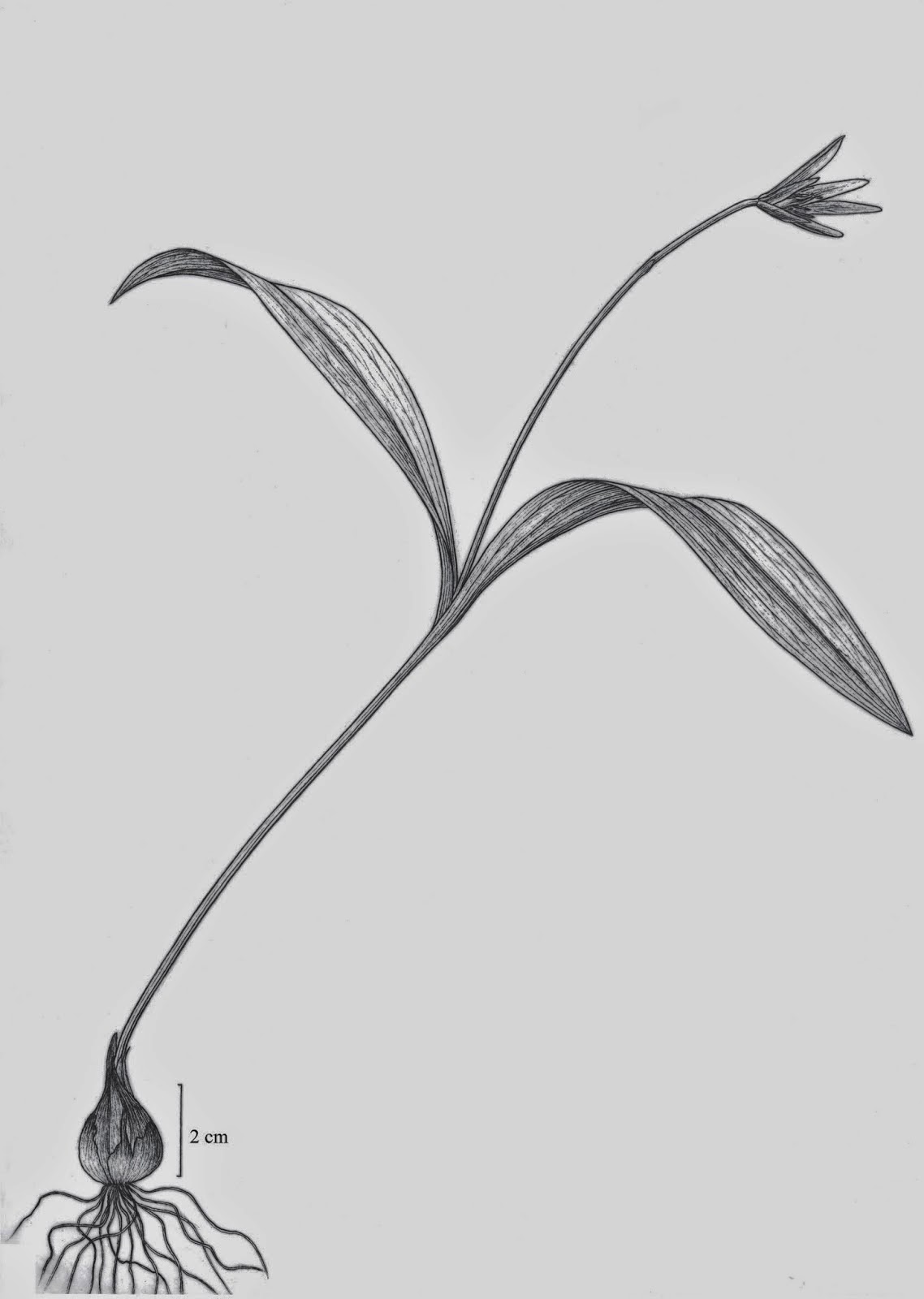Australia and Antarctica are remote from one-another today, but
share many common floral and faunal elements. This is because they are both
former parts of the ancient continent of Gondwana, and along with Antarctica
were the final parts of the ancient supercontinent to break apart. Antarctica
today is a frozen continent, with life only clinging on around its coasts, but
in the warmer climate of the Eocene supported a far richer fauna and flora, and
provided a land bridge between Australia and South America.
In a paper published in the journal Palaeontologica Electronicaon in
October 2014, Raymond Carpenter of the School of Earth and EnvironmentalSciences at the University of Adelaide, Peter Wilf of the Department of Geosciences at Pennsylvania State University, John Conran of the AustralianCentre for Evolutionary Biology and Biodiversity at the University of Adelaide
and Rubén Cúneo of the Museo Paleontológico Egidio Feruglio of the Consejo Nacionalde Investigaciones Científicas y Técnicas describe the discovery of leaves
attributed to a Supplejack plant from the Early Eocene of Patagonia.
Supplejacks, Ripogonaceae, are today found only in Australia, New
Zealand and Papua New Guinea. They are prickly vines or shrubs found in the
understory of rainforests, and produce robust abundant leaves, which they shed
each year, giving them good potential for producing fossils. Genetic studies
have shown Supplejacks to be closely related to Chilean Bellflowers, Philesiaceae,
which have similar habits but which are restricted to the temperate Valdivian
rainforests of Chile.
The new species is named Ripogonum americanum,
as it was the first member of the group recorded from the Americas. It is
described from two specimens, one leaf preserved as part and counterpart, the
other as a single sided impression only. Both were recovered from the Laguna
del Hunco caldera-lake beds of Chubut in Argentinean Patagonia, which has
produced a varied palaeorainforest flora, and which contains volcanic tuff
layers which have enabled the dating of the fossils to about 52.22 million
years old (Early Eocene).
(1) Ripogonum americanum
from Laguna del Hunco and (2)extant Ripogonum album from
Queensland, Australia. Note that although the petiolar region is not preserved,
a decurrent pair of suprabasal secondary veins andbasal pair of submarginal
veins are clearly visible. Note also the tertiary veins, higher order
reticulate venation, veinloops between the secondary vein pairs, and looped
ultimate veins at the margins (arrowed). Note virtually identical details on
the recent leaf to those visible in the fossil. Scale bars equal 10 mm.
Carpenter et al. (2014).
Previous fossils attributed to Ripogonum
have been found in Tasmania and New Zealand, but this is the first specimen
from the Americas. The Laguna del Hunco
deposits have also yielded specimens attributed to the Philesiaceae,
suggesting that the two groups were living alongside one-another at the time,
and that Ripogonum had a distribution
that ranged from Patagonia across Antarctica to Australia and New Zealand.
See also…
Tulips of the genus Amana
are found in eastern Asia. They are very similar to the Tulips of Western Asia
and Europe, which are placed in the genus Tulipa,
differing only in the presence of bracts on the upper part of the flowering
stem, and not all botanists have recognised the two genera as distinct. However
modern genetic studies appear to support the separation of the two groups, as
closely related but distinct genera with different geographical...
Turmeric (Curcuma) plants are members of the Ginger Family
(Zingiberaceae) native to India, southern China, Southeast Asia,
Indonesia, Papua New Guinea and northern Australia. Several species are
grown for use as a spice or dye, and the more colourful species are
popular garden plants in tropical areas, though they need constant warm
temperatures and high rainfall to thrive. The plants can reproduce both
sexually by flowering and asexually by means...
Peruvian Lilies, Alstroemeriaceae, are a small group of flowering plants
found across Central and South America, the islands of the Caribbean
and the Falklands. The are members of the Lily order, Liliales, and have
relatives in Australia and New Zealand...
Follow Sciency Thoughts on Facebook.




